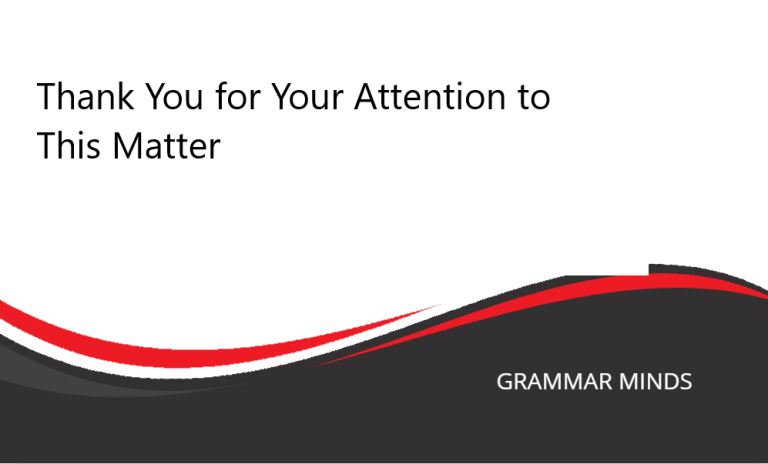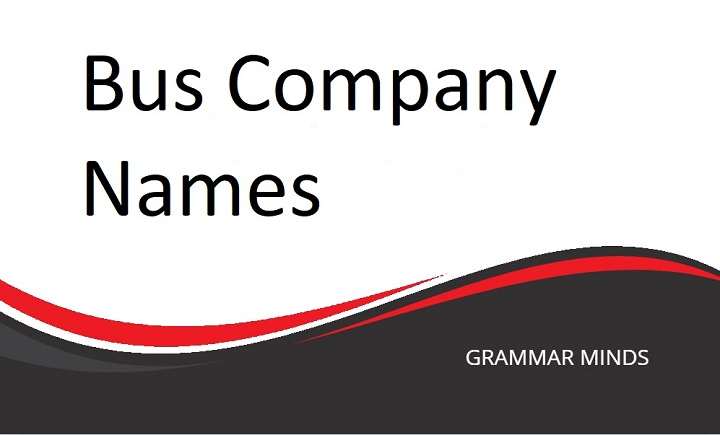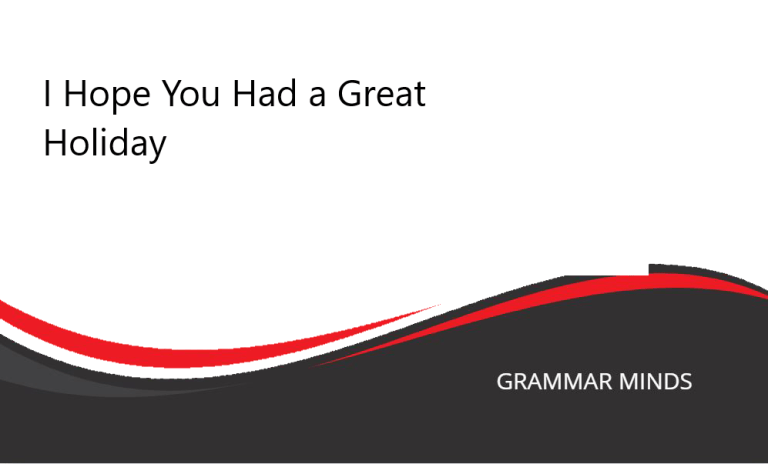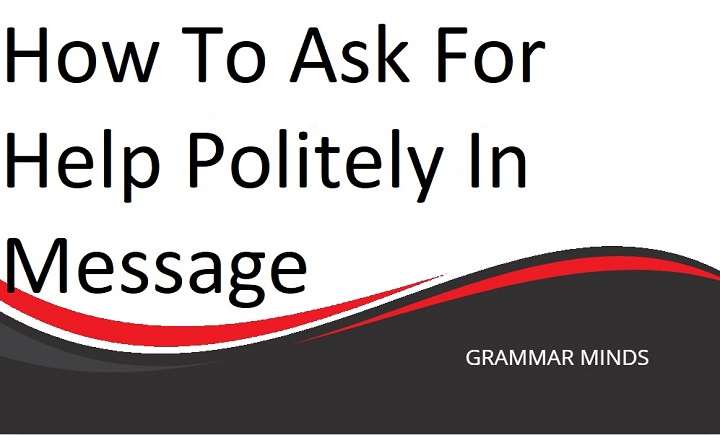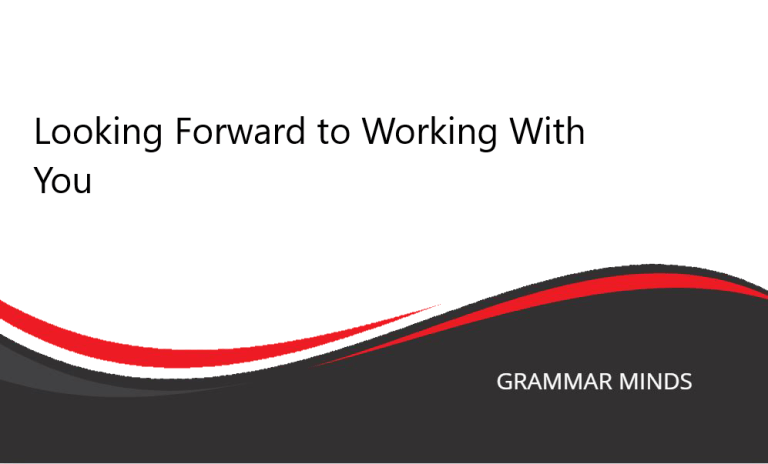Do you find yourself using the phrase “received with thanks email” repeatedly? Whether it’s in professional or personal communication, this expression can start to feel a bit overused. While it’s certainly polite and appropriate, over-reliance on the same phrase can make your emails feel stale. The good news is that there are plenty of alternatives you can use to freshen up your responses, without losing the professionalism or gratitude that the phrase conveys.
In this article, we’ll explore various alternatives to saying “received with thanks” in an email, how you can use them in different contexts, and why diversifying your language helps you sound more polished and engaging. Whether you need a formal tone for a work-related email or a casual alternative for personal messages, we’ve got you covered.
Do You Find Yourself Using the Phrase “Received with Thanks” Repeatedly?
Many professionals, especially in customer service, project management, or administrative roles, find themselves using the phrase “received with thanks” frequently. This is because the phrase is quick, concise, and polite, making it a go-to response in a variety of situations. However, using the same phrase over and over again can sometimes feel mechanical, and there’s always a risk that it might not fully convey your tone or message.
Have You Grown Tired of This Repetitive Expression in Professional Communication?
If you’re tired of sounding robotic in your responses or looking to add a more personalized touch to your emails, then it’s time to mix things up. Incorporating new language helps keep your communication fresh, engaging, and appropriate for the specific situation. In this article, we’ll provide you with a list of alternative phrases that can replace “received with thanks” to suit different tones and contexts.
Other Ways to Say “Received with Thanks”
Here’s a list of different ways to say “received with thanks” that are suitable for various communication styles:
- Acknowledged with Thanks
- Noted, Thank You
- Message Received, Much Appreciated
- Got It, Thank You
- Received and Appreciated
- Thanks for Sending This Over
- Noted and Appreciated
- Thanks for the Update
- Got the Message, Thanks
- Appreciate the Information
Each of these alternatives brings a slightly different tone to your communication, whether you need something more formal, casual, or specific to the situation.
Key Notes
“Received with thanks” is grammatically correct and suitable for both formal and informal situations. However, it can sometimes feel a bit basic, especially when used frequently. Each of the alternative phrases listed above offers a subtle difference in tone and intention, allowing you to choose a more nuanced response depending on the context of your conversation.
You can use “Acknowledged with Thanks” for formal situations, especially in business emails where you need to maintain professionalism. On the other hand, “Got It, Thank You” is perfect for informal communication, such as casual emails or quick messages with colleagues you work closely with.
Keep reading to discover how to use these phrases in both formal and informal situations, and see real-life examples of how they can be applied.
Acknowledged with Thanks
Usage:
If you’re looking for a more formal way to say “received with thanks,” try using “Acknowledged with Thanks.” This phrase is especially useful in situations where you need to maintain a polite and professional tone while confirming receipt of something important, like an email or document.
Example (in an email):
Dear Mr. Johnson,
Thank you for sending over the contract draft. I have reviewed the document and will provide feedback by the end of the week.
Acknowledged with thanks.
Best regards,
Jane Doe
Noted, Thank You
Usage:
For a concise yet polite alternative, “Noted, thank you” works perfectly in formal or semi-formal communications. This phrase is suitable for acknowledging instructions or updates in a professional setting.
Example (in an email):
Dear Ms. Smith,
Thank you for the updated schedule. I will make the necessary adjustments to our meeting agenda.
Noted, thank you.
Kind regards,
John Lee
Message Received, Much Appreciated
Usage:
“Message received, much appreciated” adds a warm tone to your message, making it appropriate for semi-formal situations where you want to express gratitude while keeping things professional. It’s ideal for communication with team members or clients you have an ongoing relationship with.
Example (in an email):
Hi Mark,
Thanks for the quick response. Your feedback on the proposal is extremely helpful.
Message received, much appreciated.
Best,
Anna Martinez
Got It, Thank You
Usage:
This is a more casual alternative that can be used in informal conversations, especially when communicating with colleagues or friends. It’s short, clear, and friendly.
Example (in conversation):
Hey Sarah,
Thanks for sending me the presentation slides. Got it, thank you.
Catch you later,
Tom
Received and Appreciated
Usage:
“Received and appreciated” is a simple, yet effective phrase that works in both formal and informal situations. It conveys gratitude without sounding too stiff.
Example (in an email):
Dear Mr. White,
Thank you for the report. I’ll review it and get back to you if there are any questions.
Received and appreciated.
Sincerely,
Emily Brown
Thanks for Sending This Over
Usage:
If you want to keep things casual but still professional, “Thanks for sending this over” is a great phrase to use in a semi-formal context. It works particularly well when you’re confirming the receipt of a document or piece of information.
Example (in an email):
Hi Rebecca,
I just received the finalized contract. Thanks for sending this over.
Looking forward to working together,
David Chen
Noted and Appreciated
Usage:
“Noted and appreciated” is a slightly more formal phrase than “thanks for the update,” and works well when acknowledging instructions or important information.
Example (in an email):
Hi Patrick,
I appreciate the clarification regarding the upcoming project deadlines.
Noted and appreciated.
Best regards,
Laura Green
Thanks for the Update
Usage:
When you want to acknowledge an update without being too formal, “Thanks for the update” is a great middle ground. This phrase is commonly used in both formal and informal email exchanges.
Example (in an email):
Dear Tom,
Thanks for keeping me in the loop regarding the changes to the project timeline.
Thanks for the update.
Best,
Grace Taylor
Got the Message, Thanks
Usage:
“Got the message, thanks” is a quick, informal phrase that can be used when communicating with colleagues or friends in casual email threads or messages.
Example (in conversation):
Hey Mike,
Just got your message about tomorrow’s meeting.
Got the message, thanks!
Talk soon,
Alex
Appreciate the Information
Usage:
“Appreciate the information” is a versatile phrase that works in semi-formal to formal emails. It’s a polite way of acknowledging that you’ve received key information.
Example (in an email):
Hi Lily,
Thank you for providing the latest market analysis. I will review it in detail and let you know if any further information is needed.
Appreciate the information.
Kind regards,
Sophia Clark
Is It Correct to Say “Received with Thanks”?
Yes! “Received with thanks” is grammatically correct and suitable for both formal and informal settings. It’s a versatile phrase that can be used in professional emails, conversations with colleagues, or casual chats with friends. However, using alternatives like the ones listed above will help you mix up your language and sound more varied in your communication.
You can also try slight variations of this phrase, such as:
- Received with gratitude
- Acknowledged and appreciated
- Confirmed, thank you
Also Read:
10 Professional Ways to Wish Someone Good Luck
In conclusion, “received with thanks” is a perfectly acceptable and grammatically correct phrase, whether you’re using it in a formal or informal setting. However, the alternative phrases provided in this article will help you diversify your vocabulary and communicate more effectively in different contexts. By using these variations, you’ll ensure that your emails stay fresh, engaging, and professional while maintaining a polite tone.


